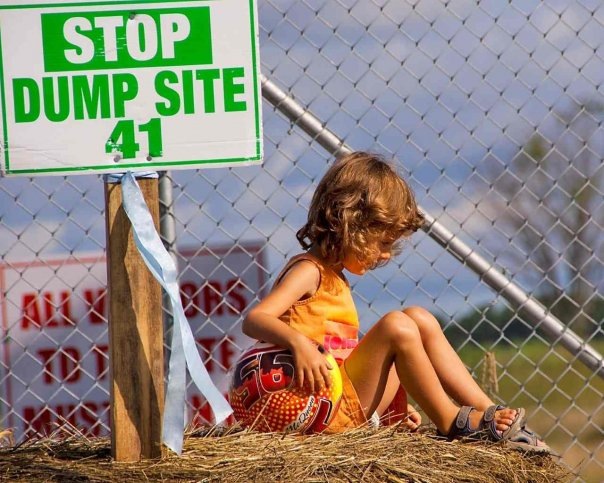County proposal stirs echoes of Site 41

By Andrew Philips Orillia Packet & Times
The County of Simcoe’s decision to use one of its forests to create an organics processing facility could lead to another Site 41 fiasco.
That’s a warning from an opponent to the plan passed by county council earlier this year to build a compost and materials management facility in Springwater Township.
Robert Wagner, who lives not far from the proposed Horseshoe Valley Road site, said using a protected forest (the Freele Tract) for this kind of purpose sets a dangerous precedent and will have adverse effects on wildlife, tourism and property values.
“I think this could easily be another Site 41,” Wagner said, referring to a previous county plan he also opposed that would have created a landfill on rural land near Wyevale.
“There are people who have had these properties for their entire lives and put everything into them,” Wagner said, pointing out his family has owned its land for 50 years. “I bought my portion 16 years ago from my father. Our property is downwind of the site.”
The county operates about 32,000 acres of protected forest. An estimated 11 of the county-owned site’s 208 forested acres will need to be cut to make room for the facility.
Although Wagner lives near the potential site, he said he would be against using any protected forest land regardless of its location.
“The suspicion is they wanted to use one of the forest sites because they own it,” Wagner said. “They could have spent a couple of extra million dollars and used an existing industrial site (this time).”
But Rob McCullough, the county’s solid-waste management director, said Wagner’s contention simply isn’t accurate.
“We looked at all sites that the county owned along with willing-vendor sites,” he said.
To find the chosen site, the county whittled an initial 502 possibilities by eliminating areas through a range of factors such as if it was on a provincially significant wetland or had a greater number of neighbours. Consultants eventually chopped the list to 50, then to seven, five of which were considered suitable for both initiatives, before arriving at the final Springwater option.
But Wagner said he’s not confident each site’s potential was correctly weighted before arriving at the final locale.
“There are a number of questions raised,” he said. “What was the weighting process used to determine the order of the seven sites?”
But McCullough said one of the important conditions considered involved how well the site would be buffered, because “especially with one that’s processing organics, you want to do everything that won’t impact your near-neighbours.”
McCullough said there were 32 sub-factors that were used to assess a site’s positive and negative aspects.
“If the site wasn’t big enough, it was thrown out,” McCullough said, noting the siting reports are on the county’s website to ensure transparency.
“There was no weighting that made it favourable to (using) a forest.”
Wagner said the increased truck traffic on Horseshoe Valley Road will also cause headaches for tourists while the potential for a forest fire is raised should a trucker drop a lit cigarette on the path leading to the site.
But McCullough said waste-management trucks are already operating across Simcoe County.
“Everyone’s got to remember these trucks are in the area,” he said. “They’re still on area roads serving the rest of the County of Simcoe.”
McCullough said he understands the concerns and frustrations of residents like Wagner.
“We identified that we would be dealing with these issues,” he said. “It’s not something they signed up for. The county’s a good neighbour.”
Debbie Korolnek, the county’s engineering, planning and environment general manager, said the county may consider offering compensation for those whose quality of life is adversely affected.
Currently, there are 20 organic processing facilities in the province of varying sizes and capacities representing both public and private interests.
Regarding the local proposal, results from studies relating to traffic levels, archeology and environmental impacts are expected this fall. As well, the county continues to hold meetings with the public, including consultations with landowners located within half a kilometre of the site.
If everything goes according to plan, McCullough said, the transfer-station part of the site could be operating in two to three years, with the organics plant in play the following year.









Leave a Reply